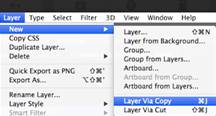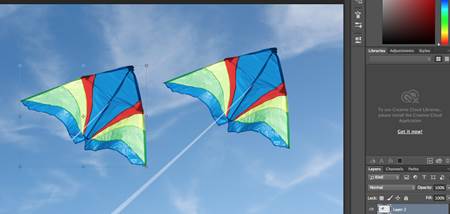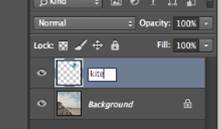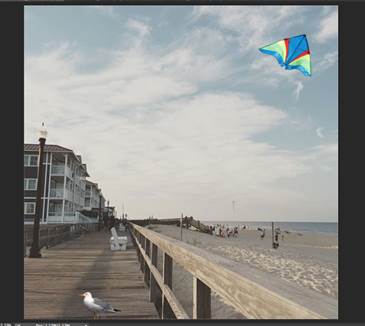
Overview
In this lab we will continue to use Adobe Photoshop to manipulate digital
pictures. We will be taking an original photograph and adding (or
“photoshopping”) another two images into our photograph. You might want to add
another person to your photograph or an object, such as a balloon, flying in
the sky. The options are endless!
1. Select a digital photo that you have available to you. The photo should show you (and possibly friends, family, pets, etc.)
2. Select a second and third digital photo or image file and save both to your computer or flash drive. (Choose an image that is easy to manipulate such as a photograph with minimal background or an object that is by itself.) If you are not using your own personal image, make sure to use public domain content. (See links to public domain content on BlackBoard.)
3. Open Adobe Photoshop. Select File/Open, and select your flash drive or folder where you stored your original digital image. Choose your digital photo and open the file. Rename this original photograph as pic1.jpg by clicking on Save then Save As.
4. Select File/Open again, and choose your second image from where you saved it on your computer or flash drive. Repeat the procedure to open your third image. You should now have three photos opened in Photoshop.
5. Select the Background.
Click on the tab in Photoshop where your second image is opened. Select the
Wand Tool and holding the Shift
key, select everything but the image you want to add to your original
photograph. (You may have to use the wand tool several times to select the
entire background.)
|
|
 |
6.
Once the background has been fully selected, right click on the image and
select: Select Inverse. This will reverse the selection and allow you to
keep the part of the image you want to add to your original photograph.



8.
8. Make sure your duplicate layer is selected then
click on and drag the image into your original photograph. You can also do this
by selecting Copy then Paste.
9. 9. Your original photograph should now have two layers. The Background (or original image) and Layer 2 (the new image).
10. Rename Layer 2. Double-click on the text for Layer 2 and rename it something appropriate so that you can easily identify which image belongs to that layer.

11. Resize image. If the image you added to your original photograph is too small or too large, you can resize the image by holding the shift key and moving the corner of the image in or out.
12. Move the image around until you have it where you want it and save your new image as pic2.psd.
13. Add one more layer/image to your original photograph. Following the steps above, add your third image to your original photograph. Rename your new layer and save.
14. Move around your layers. Try moving your images around to form different looks or drag one layer above or below the other to see how the picture changes.
15. When you have your image the way
you want it, select Layer, then Merge Visible to create one image.
Save as pic2.jpg.

Create a PowerPoint Presentation with our original and new digital image.
1. You now have two picture files: pic1.jpg and pic2.jpg. In the next step, you will create a digital photo album using Microsoft PowerPoint (or Keynote for Macs).
2. Start Programs / Microsoft PowerPoint. Type the following title on the title slide: Your name and Digital Photo Album: Photoshop Layers.
3. Insert a new slide and use the two-column layout. Write Introduction in the title bar. In the left column, introduce yourself by writing your full Name, Major, and Academic Year. Use the right column to insert your original photograph. Use Insert/Picture/From File, navigate to the location of your picture and select your picture.
4. Insert a new slide and use the two-column layout. Write what you added to your original picture. Insert your new digital picture. (Hint: if you can't see your .psd files, make sure when you select Insert/Picture/From File to select "all files" under file name in the open file dialog box).
5. Save
your PowerPoint presentation and submit it to Blackboard using the instructions
below.
Note: Keep all your .jpg and .psd
files, they may be used in future labs.
Grading Criteria
2 photos (Original
photograph and new digital image)
New digital image must
contain two new layers/images.
Submitted in PowerPoint
format
©2020 by Gabriele Meiselwitz
Revision Date:
09/07/18 09:27